Ukraine war: Pictures reveal horrific reality of Putin’s invasion
Warning: this article contains content some viewers might find distressing
Your support helps us to tell the story
From reproductive rights to climate change to Big Tech, The Independent is on the ground when the story is developing. Whether it's investigating the financials of Elon Musk's pro-Trump PAC or producing our latest documentary, 'The A Word', which shines a light on the American women fighting for reproductive rights, we know how important it is to parse out the facts from the messaging.
At such a critical moment in US history, we need reporters on the ground. Your donation allows us to keep sending journalists to speak to both sides of the story.
The Independent is trusted by Americans across the entire political spectrum. And unlike many other quality news outlets, we choose not to lock Americans out of our reporting and analysis with paywalls. We believe quality journalism should be available to everyone, paid for by those who can afford it.
Your support makes all the difference.Horrific images reveal the stark reality of Vladimir Putin’s war with Ukraine, as the bloody conflict continued on Monday with reports of deaths and mass civilian casualties in Kharkiv following heavy Russian bombing.
Earlier, ceasefire talks between Russian and Ukrainian officials began on the Belarusian border, after the Kremlin was hit with deepening economic sanctions.
Volodymyr Zelenksy, the Ukraine president, said his country is ready to talk about a ceasefire but warned Moscow there would be no surrendering to the Russian president’s demands.
There have already been hundreds of deaths and casualties in the war, which broke out on 24 February following a televised announcement by Mr Putin, who warned western countries they would “face consequences greater than any you have faced in history” if they intervened.
The fighting continues to rage in the southeastern Ukrainian city of Mariupol, where Ukrainian forces have so far thwarted the Russian military from taking the strategic stronghold on the Azov Sea.
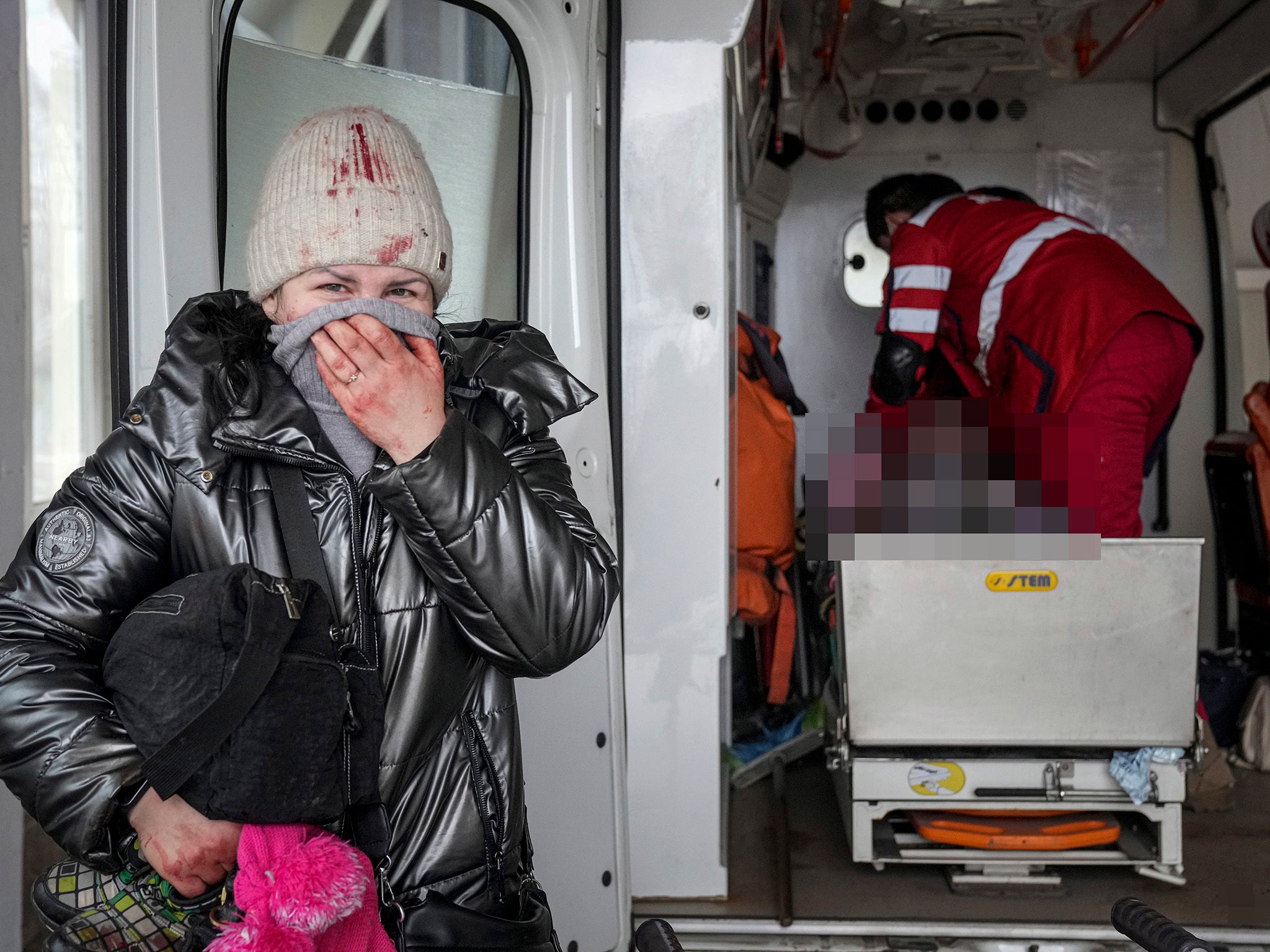
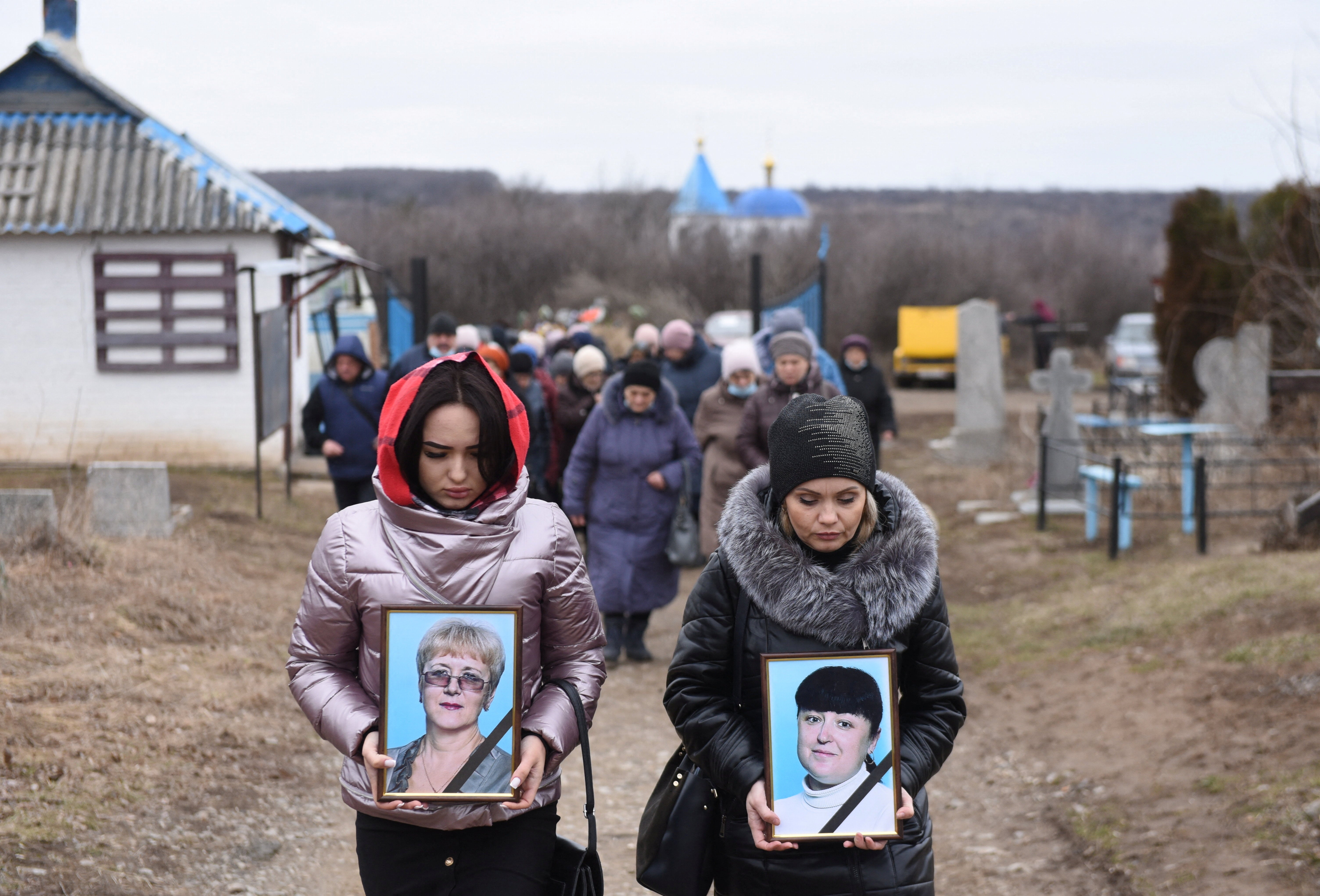
“God forbid that any rockets hit. That’s why we’ve gathered everyone here,” said local volunteer Ervand Tovmasyan, who helped organize a shelter in the basement of a city gym. His young son clung to him.
Workout equipment lining the walls contrasts sharply with the gym’s revised purpose. The shelter has seen shortages in drinking water, food and gasoline for generators since the fighting began last week, so local residents are bringing what they can to stock up.
Thousands of Ukrainians have opted to stay and take up arms to help defend their country, while hundreds of thousands of others have fled to escape the chaos.
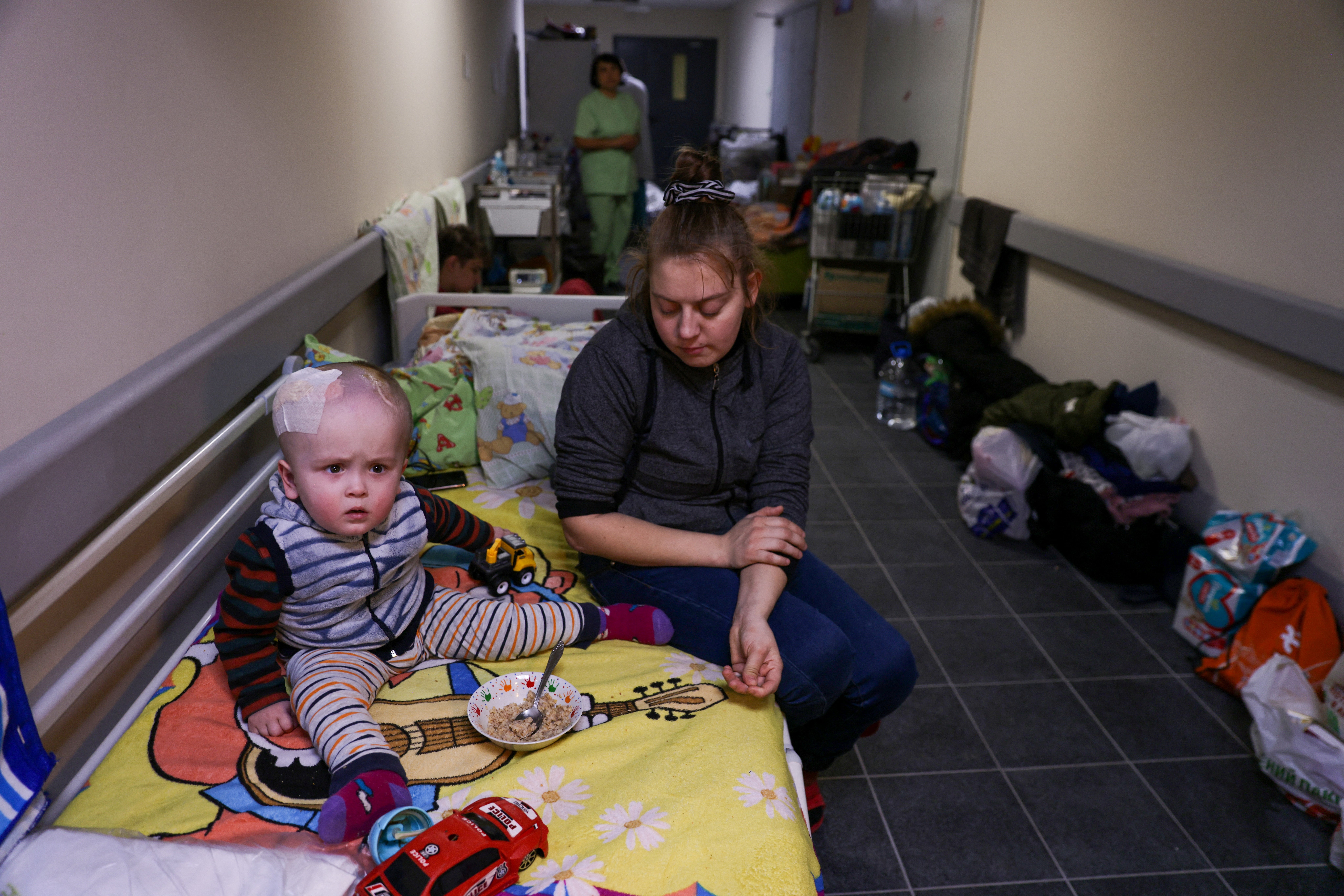
The head of the United Nations refugee agency said that more than 500,000 people had fled Ukraine for neighbouring countries since Russia's invasion started on Thursday.
The UN High Commissioner for Refugees, Filippo Grandi, gave the updated figure in a tweet. A day earlier, he had said that 368,000 people had crossed into Poland, Hungary, Romania, Moldova and other countries.
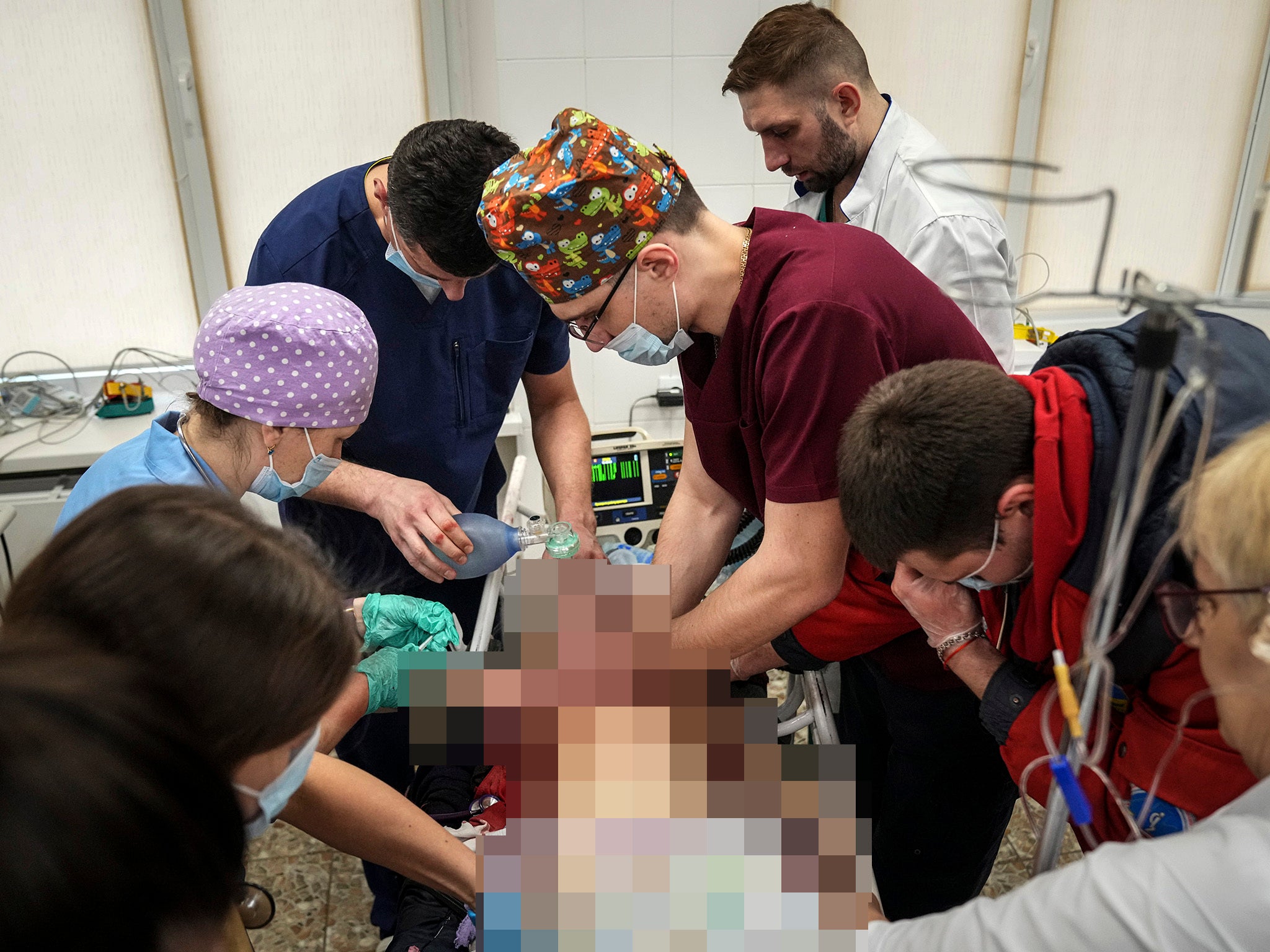
Shabia Mantoo, a UNHCR spokeswoman, said the latest and still growing count had 281,000 in Poland, more than 84,500 in Hungary, about 36,400 in Moldova, over 32,500 in Romania and about 30,000 in Slovakia.
Boris Johnson, the UK prime minister, came under increasing pressure on Monday to do more to help those escaping the conflict, after his government announced that only Ukrainians with family in Britain would be allowed to travel there without visas.
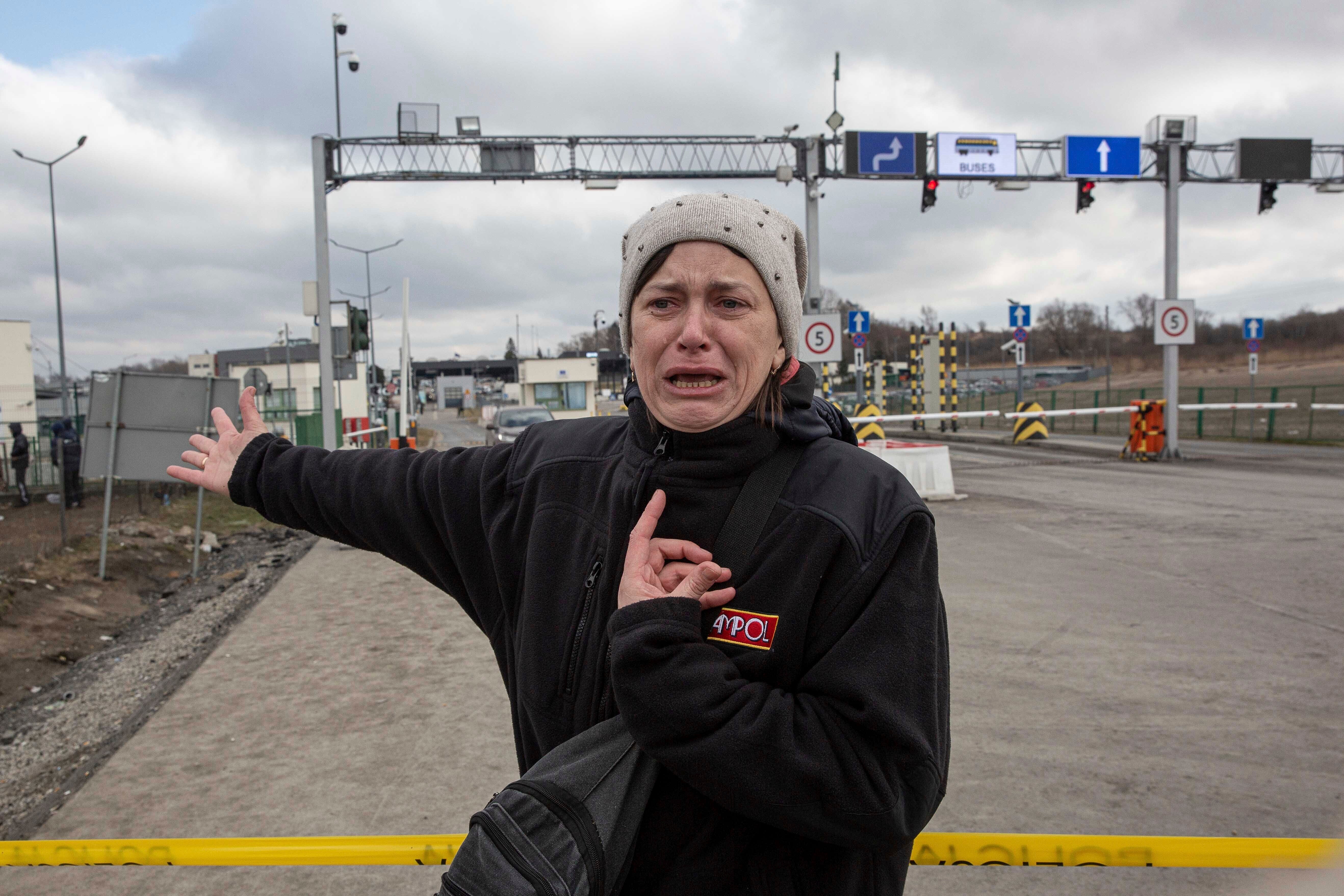
The details of the “temporary visa concessions” for Ukrainians published on Sunday night show they only apply to spouses, the parents of children under 18 or a child under 18, and close relatives requiring care.
The United Nations' nuclear watchdog says missiles have hit a radioactive waste disposal site in the Ukrainian capital of Kyiv, but there are no reports of damage to the buildings or indications of a release of radioactive material.
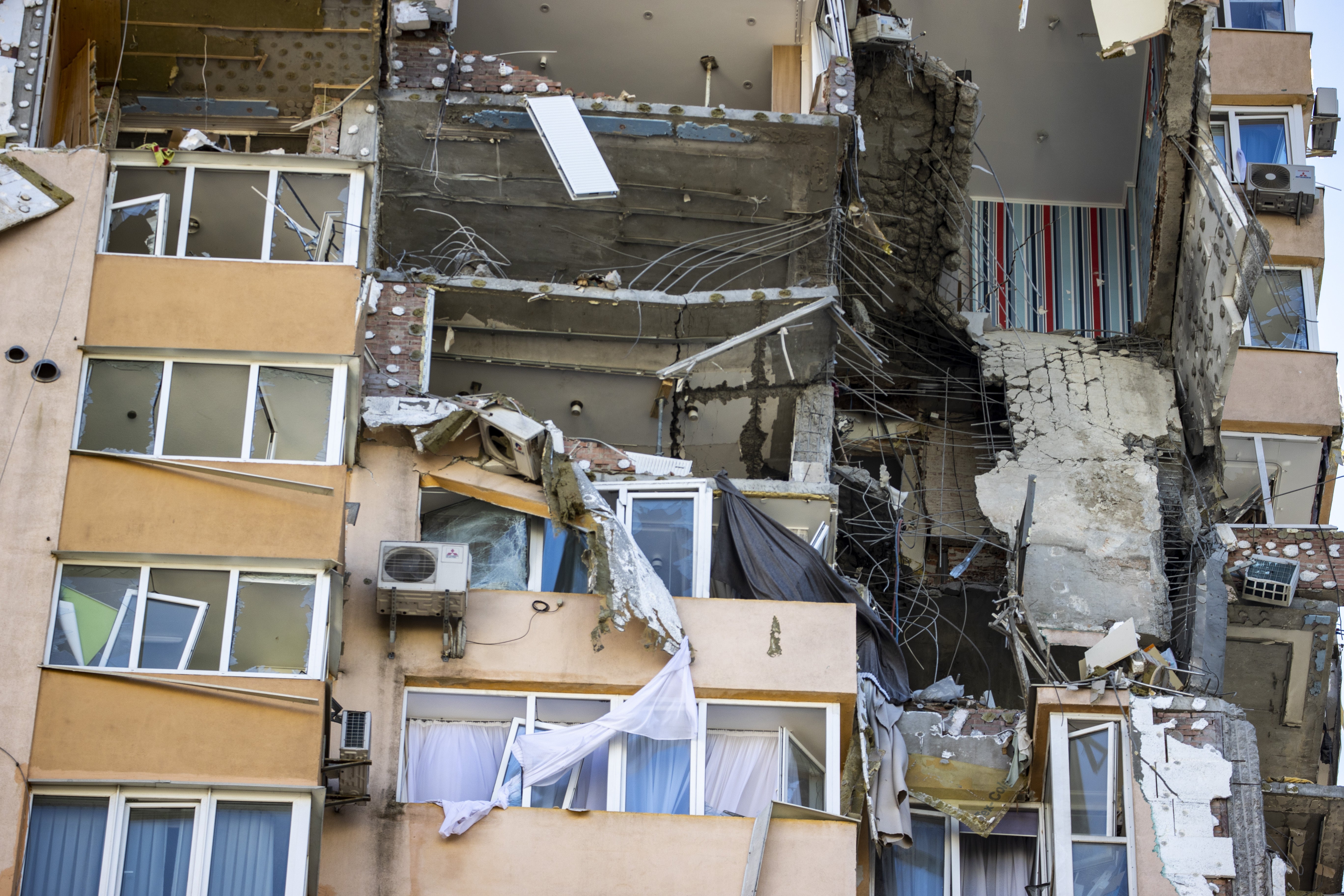
In a statement late on Sunday, Rafael Grossi International Atomic Energy Agency director-general, said Ukrainian authorities informed his office about the overnight strike. He says his agency expects to soon receive the results of on-site radioactive monitoring.
The report came a day after an electrical transformer at a similar disposal facility in the Ukrainian city of Kharkiv was damaged. Other buildings in both cities have either been damaged or razed to the ground.
Such facilities typically hold low-level radioactive materials such as waste from hospitals and industry, but Mr Grossi says the two incidents highlight a “very real risk.”
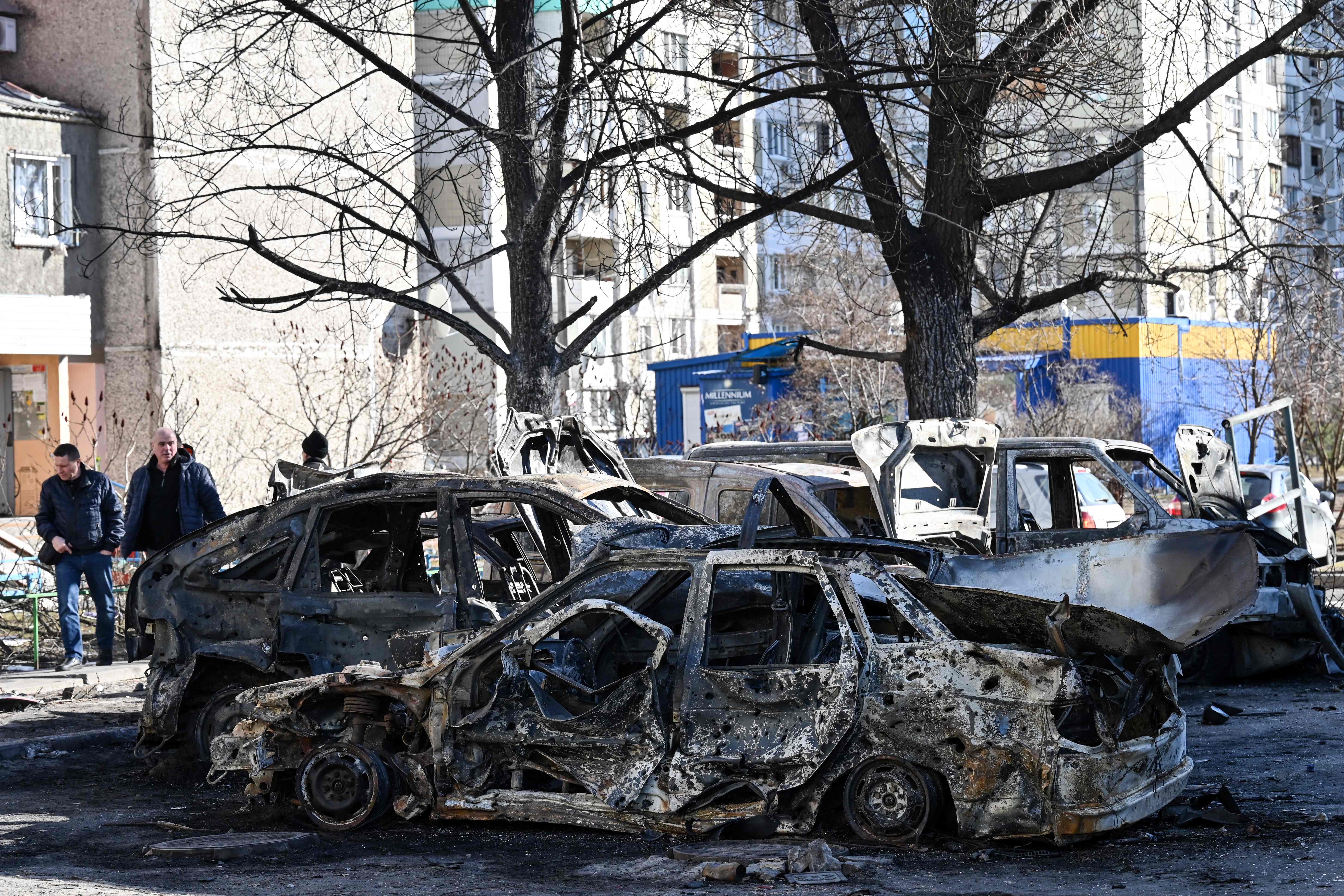
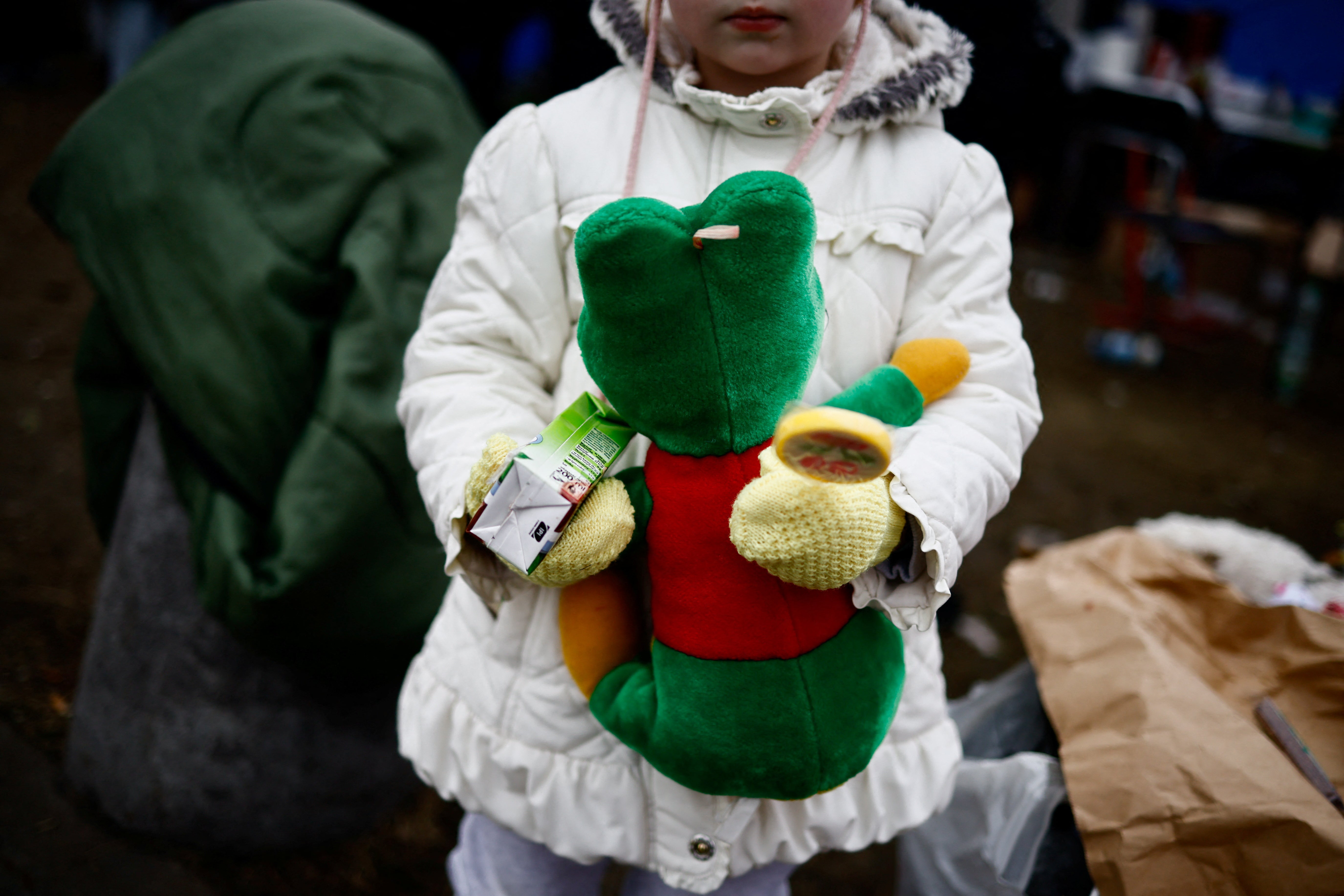
UN human rights chief Michelle Bachelet says her office has confirmed that 102 civilians, including 7 children, have been killed, and 304 others injured in violence in Ukraine since Thursday, as she cautioned that the tally was likely a vast undercount.
She cited updated UN figures that more than 420,000 people have fled the country in the last several days.
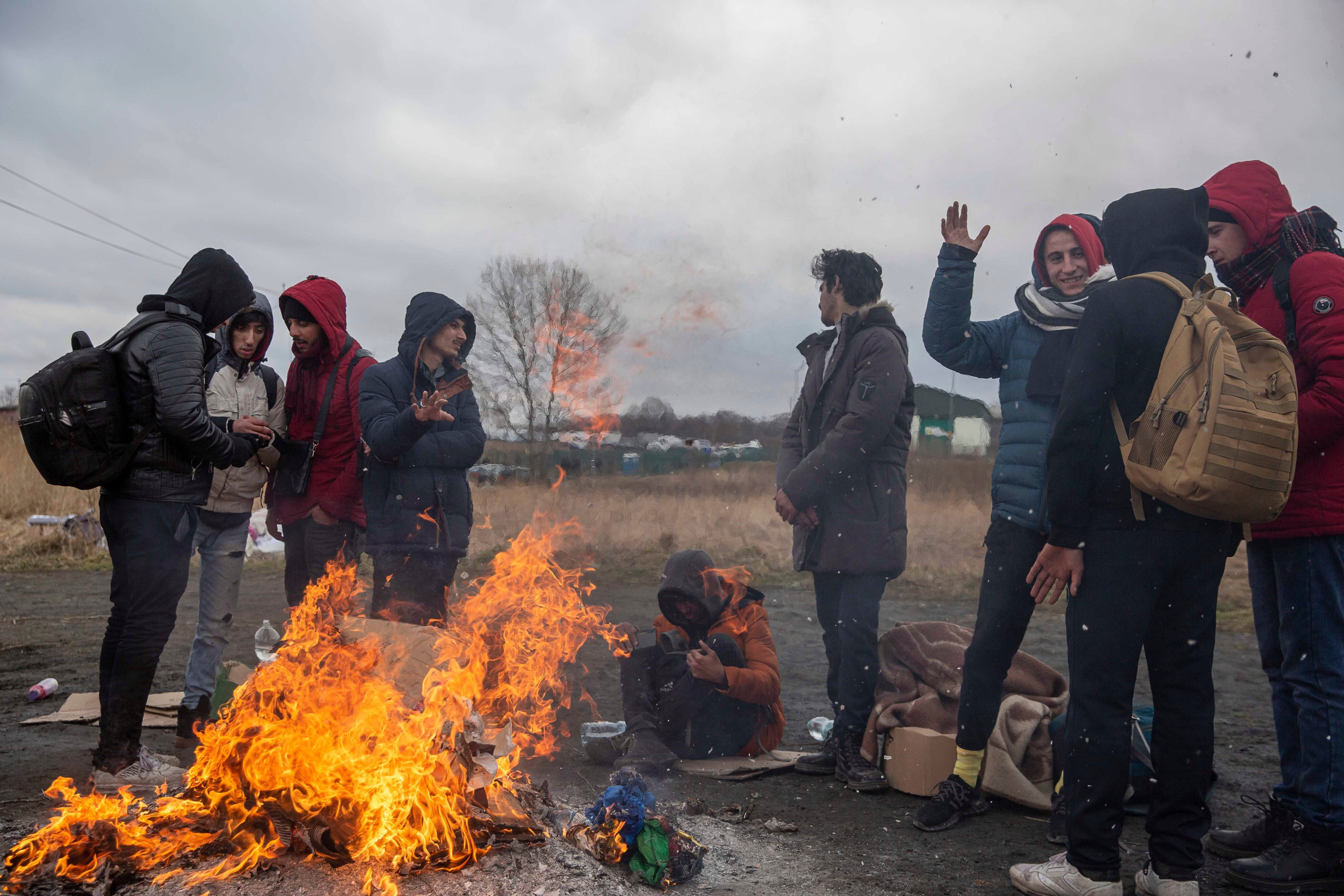
"Most of these civilians were killed by explosive weapons with a wide impact area, including shelling from heavy artillery and multi-launch rocket systems, and air strikes," Ms Bachelet told the Human Rights Council in Geneva on Monday. "The real figures are, I fear, considerably higher."
The count by the office of the UN High Commissioner for Human Rights follows strict methodology and verification measures."
Antonio Guterres, the UN secretary-general, told the council: "The escalation of military operations by the Russian Federation in Ukraine is leading to escalating human rights violations.”
Join our commenting forum
Join thought-provoking conversations, follow other Independent readers and see their replies
Comments